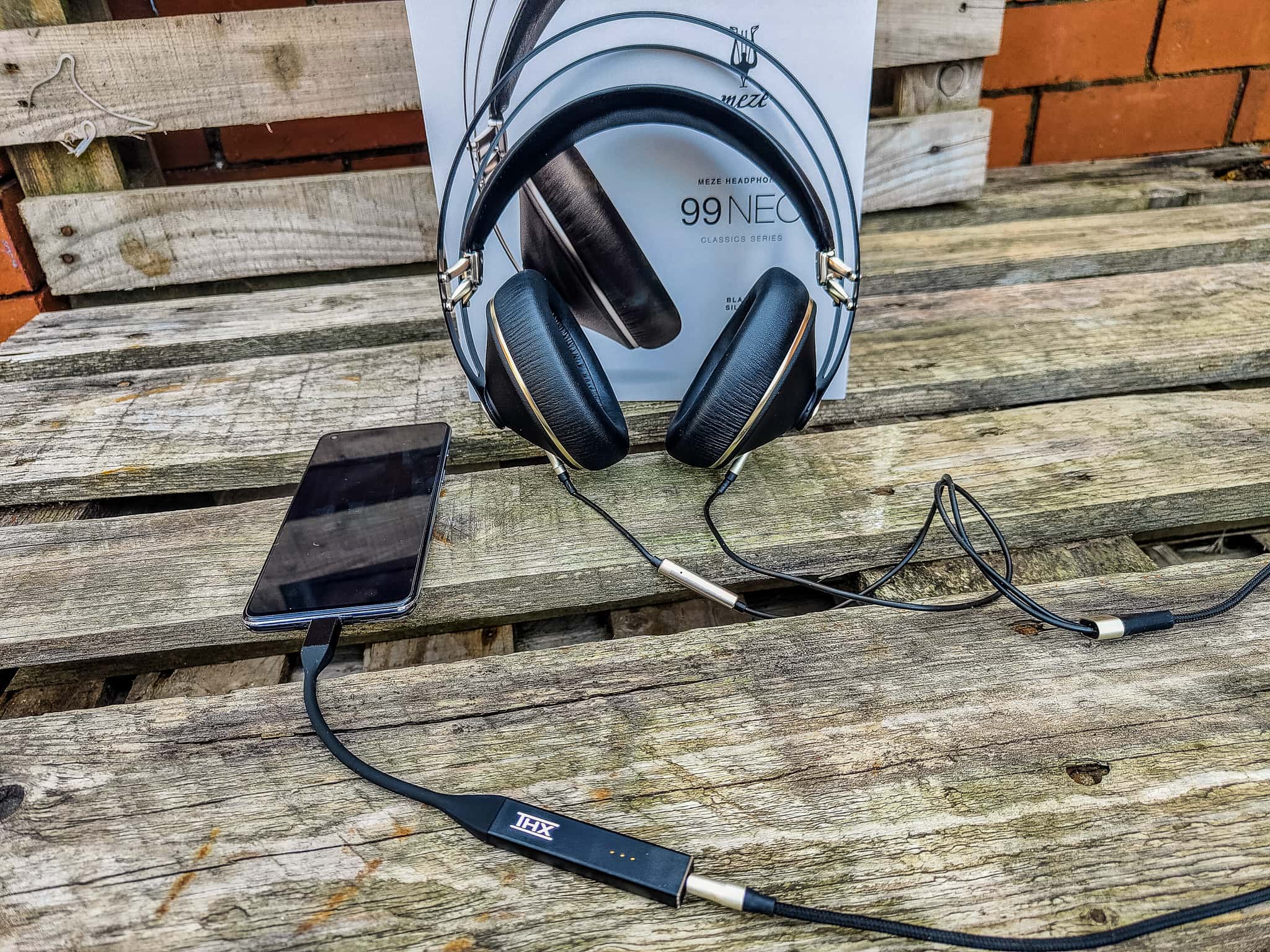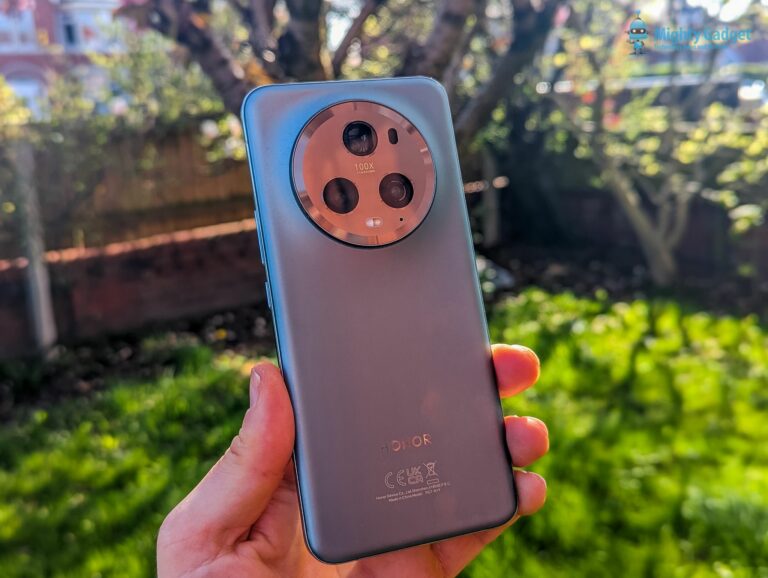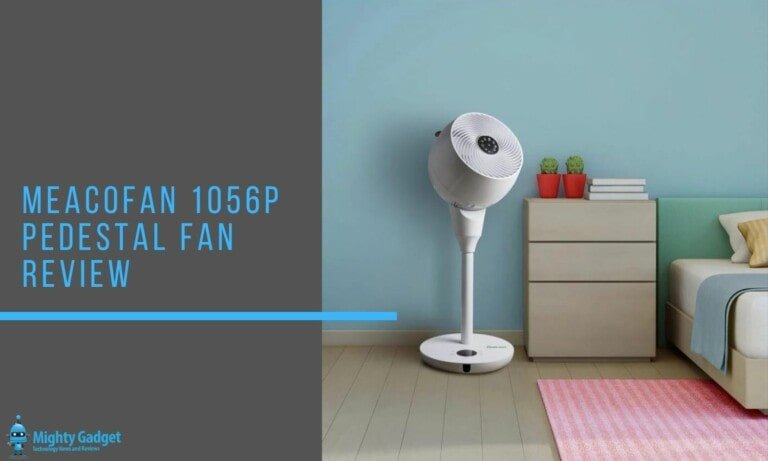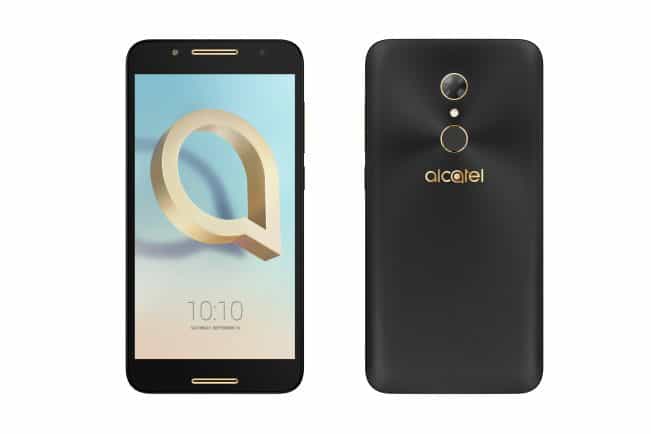Any links to online stores should be assumed to be affiliates. The company or PR agency provides all or most review samples. They have no control over my content, and I provide my honest opinion.
This article was originally published on Make the Sound Better. While I have updated most of the articles that have been transferred over, this article is mostly unedited.
Some time ago, the concept of wireless headphones wasn’t all that popular. Sure, there were models that used RF transmission and they worked rather well, but they were expensive, and for many, required too many compromises.
With today’s evolution of technologies such as Bluetooth, things have taken a turn, and you can get a great pair of wireless headphones for a reasonable price. Oh, and then there’s true wireless headphones, which are even better.
The thing is, there are still areas where wired headphones excel and perform a lot better. For many, they should be the go-to option – not a pair of wireless ones.
If you’re on the verge of buying a pair, read on as we take a look at what you want to be careful about, and the benefits of each type. At the end, you’ll know what kind of headphones you want.
Things To Look For In Wired & Wireless Headphones
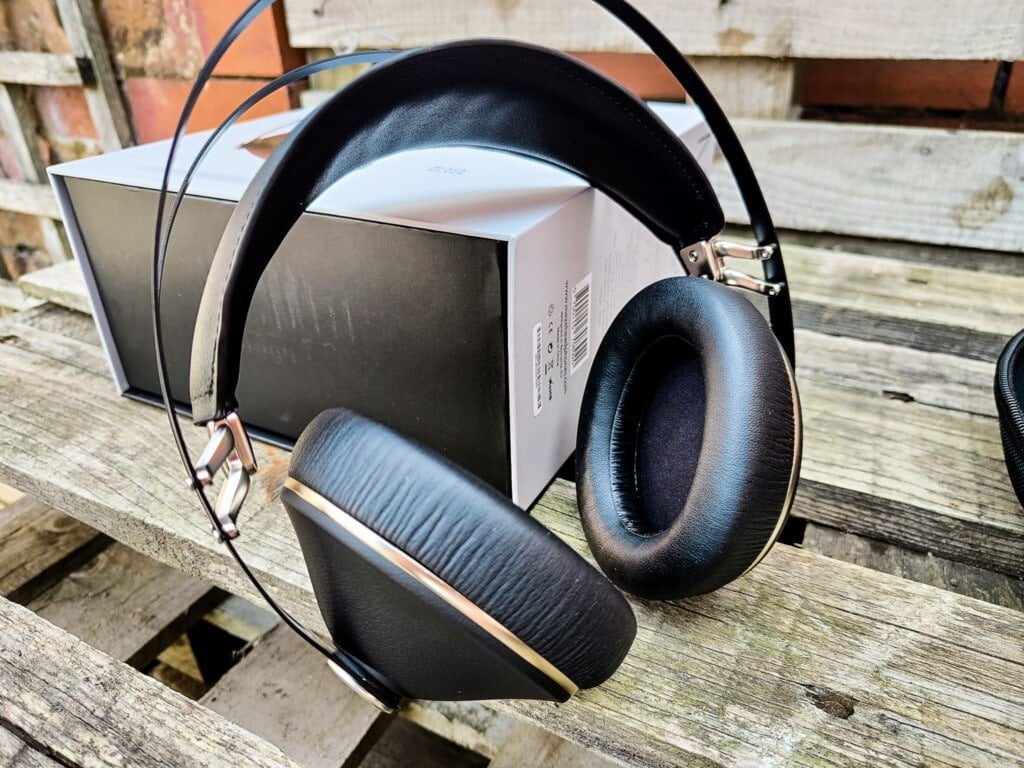
There are some thing that both wired and wireless headphones have in common. The first one is shape, and it’s one that can make a massive difference.
You have three main shapes of headphones – in ear, on ear and over ear. In ears tend to get you the best isolation from the environment, and they stay in your ear best. Over ears have massive drivers, which is where you’ll find the best sound quality, and the best comfort.
On ear headphones are somewhat of a middle ground, but they’re hard to recommend because they don’t excel in any particular area. When you’re choosing a pair of headphones, it’s all a matter of picking the type you enjoy most.
Then, you have the price. More expensive headphones will oftentimes get you better sound quality, but some may even get you extra functionality.
For example, you could get something like active noise cancelling, which is a valuable feature that many people love and enjoy. Or, you could get a good microphone that allows you to use the headphones for communication, too.
We mentioned sound quality, and that’s another important thing that you must consider with both wired and wireless headphones.
Of course, the price will have a major impact, but more expensive headphones aren’t always better. There comes a price point where anything over isn’t inherently better – it’s sometimes just different.
Most headphones come with different sound profiles. Some of them put an emphasis on the lower end of the sound spectrum, while others have more emphasized highs. Others come with a flat profile, for more analytical listening.
It’s all a matter of seeing how much you can afford to spend, and what you prefer, or expect, from your headphones.
Last but not least, you should consider what you’ll be using the headphones for. Different headphones are suitable for different scenarios, and you may have problems if you pick the wrong type.
For example, if you want a pair of headphones for working out, in-ears are your best bet. Over ears are big and clumsy, and won’t stay on your head when you’re working out or running.
To add to this, they’re not sweat resistant, so you may end up damaging them, which isn’t a good thing. The headphones being wireless helps in this situation, too, especially with things like running.
On the other hand, if you want a pair to use at home, a pair of wired, on-ear headphones might be a better pick due to comfort. As we mentioned, it’s all a matter of personal preference.
5 Reasons Why Wired Headphones Are Better
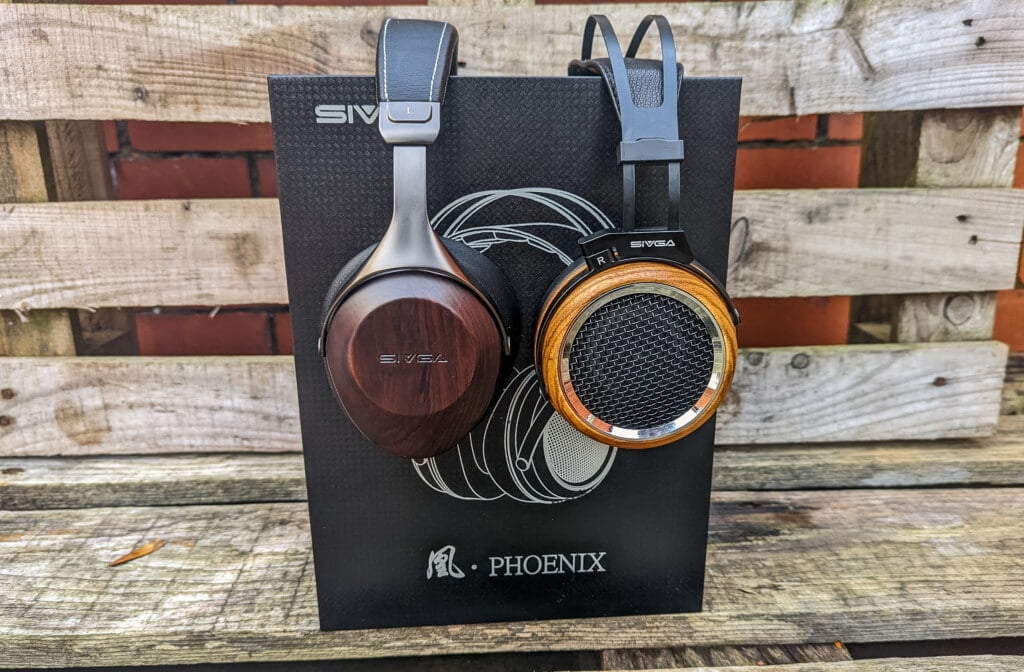
Price
When it comes to wired headphones, they do have a few notable advantages. The first and most obvious one is price. The fact that manufacturers don’t have to implement Bluetooth (or any other wireless technology), does save them a bit of time and money, which saves you a bit, too.
Wired headphones tend to range from extremely cheap to some very expensive models, so there’s something for everyone’s pocket.
Compatibility
The next one is compatibility. With wireless headphones, you need some way to connect them. The most common one nowadays is Bluetooth, but what if your audio source doesn’t have Bluetooth?
Most modern desktop computers don’t, so you might need to spend more money on a good adapter. If you can afford it, this might not be that much of an issue, but if your budget is tight, wired headphones are the way to go.
No Battery
Then, you have a lack of battery. This is usually the main gripe about wireless headphones – you have to charge them constantly, and you have to be aware of the battery level.
You don’t want to get on a five-hour plane flight, only to realize you only have two hours of battery life left, do you?
Now, to be honest, most modern options, especially higher end ones, come with at least 20 hours of battery life, which is great. But you still have to charge them, which is an extra thing to remember.
Availability
The fourth one is availability. Even though wireless headphones are picking up a lot of steam lately, there’s no denying that there are simply more wired headphones to choose from.
They’ve been around for a good while, and there’s something for everyone. We’re talking about prices, sizes, shapes, headbands, and everything that can be different between two pairs of headphones.
Regardless of how nitpicky you are, there’s a pair of wired headphones that’s just right for you in every possible way.
Sound Quality
And last but not least, the Achilles’ heel of every audiophile – wired headphones have better sound quality. Regardless of what kind of Bluetooth protocol you use, whether it’s AAC, or aptX, or LDAC, there is some quality loss.
With some protocols, it’s more noticeable, with others less, but it’s there. If you’ve got a trained ear that can easily notice imperfections in this regard, the only way to get the most out of the sound is to go wired.
And this is why a person who requires the absolute best in terms of sound quality will always pick a wired pair of headphones.
4 Reasons Why Wireless Headphones Are Better
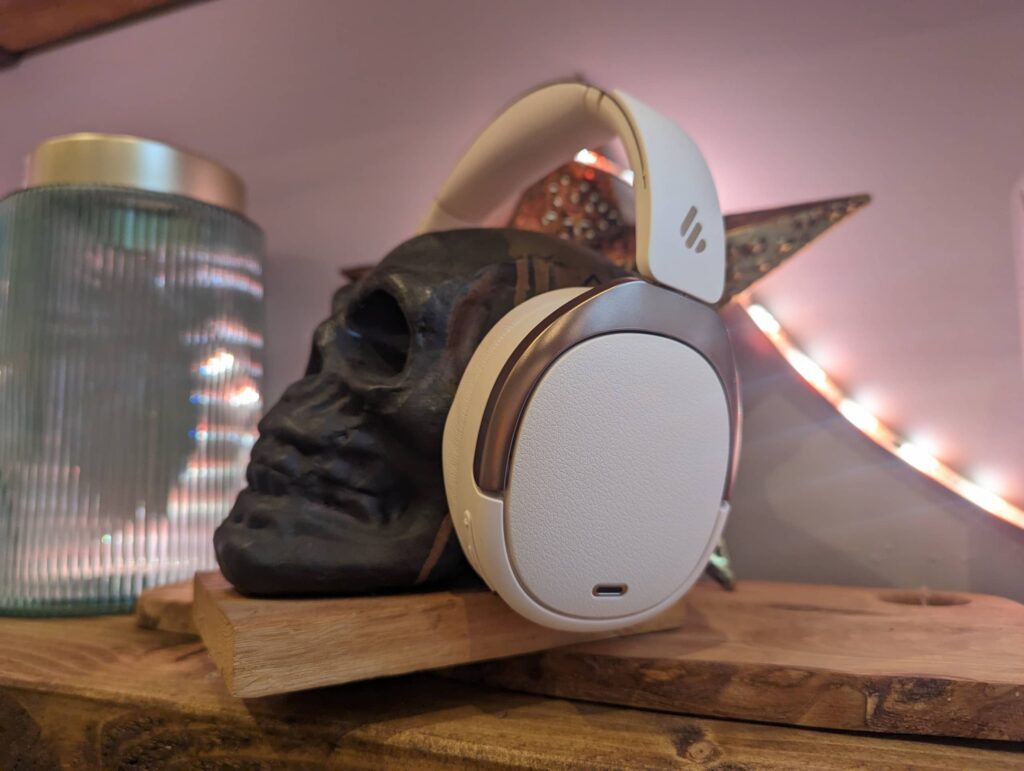
Convenience
The best thing about a pair of wireless headphones is the lack of cables. While this might seem obvious, it’s actually a lot better than you might think. To begin with, you aren’t limited in terms of how far you are from the source – just stay in range of the wireless connectivity.
With Bluetooth, that’s usually up to 10 meters, while for RF, you can go a bit further without issues. To make things even better, with wireless headphones, you don’t have to worry about your cable catching on something.
This can lead to your headphones falling, and the result is usually damaged. When you’re commuting with wireless headphones, you can easily use your smartphone – there’s no wire hanging out of it, which makes it a bit more convenient.
Compatibility
We know what you’re thinking – isn’t this one of the reasons why wired headphones are better? Yes, and no, because for some people, wireless headphones will be more compatible than wired ones.
If you’re keeping up with the trends, you’ll notice that a lot of manufacturers of smartphones have removed the 3.5mm headphone jack. You know what that means? That’s right, you can’t use wired headphones with those smartphones.
But most, if not all of them, have Bluetooth, so you can use wireless ones. This is why we feel like we have to mention compatibility as an advantage here, too, because for some users, wireless headphones will be more compatible with their devices.
Extra Features
With wired headphones, in most scenarios that is exactly what you get – a pair of wired headphones, and that’s about it.
However, wireless headphones tend to come with advanced functionalities which include, but are not limited to, touch controls for music, ability to connect to multiple devices, and the best of all, active noise cancelling.
This is a seriously underrated feature which might be a game changer for some users, and one definitely worth investing into.
Also, the fact that you can usually control your music without removing your smartphone from your pocket (or touching your source at all if it isn’t a smartphone), is neat and adds even more convenience.
As we mentioned – these things are usually reserved for wireless headphones because they require a battery to function, something most wired models don’t really have.
Portability
The next thing we must mention is portability. Even though a similar argument can be made for some wired headphones, wireless models are usually made to be used either on the move, or outside your home.
Therefore, they’re often either more compact, or they can be folded at one or two places to make them even smaller.
Some manufacturers like Sony even bundle a hard (or soft) carrying case that adds a bit of protection when you’re taking them with you. With wired models, not only are they rarely foldable, but you also must consider that with a non-removable cable, you can damage the cable pretty easily.
Should You Be Considering True Wireless Headphones?
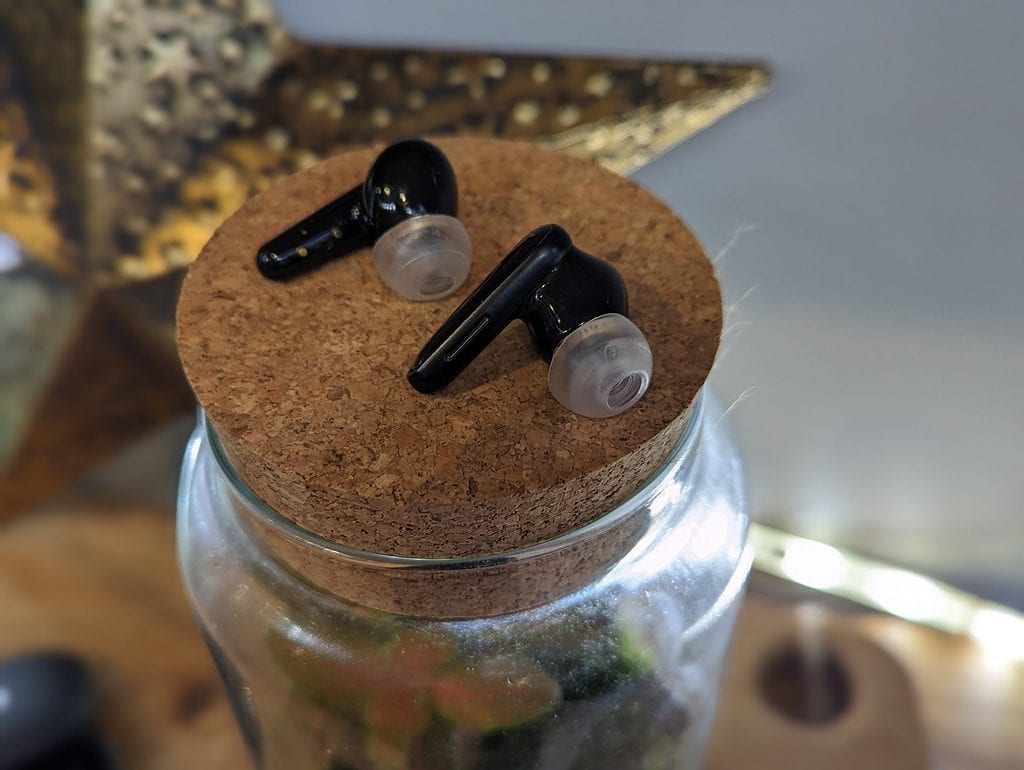
A subcategory of wireless headphones, true wireless models are making quite a boom in today’s world. When they first came to market, most models were rough and unfinished, and came with a lot of issues such as connectivity problems, disastrous battery life, and terrible sound quality.
Fortunately, that all has changed today, and we’ve got some excellent models on the market, from budget options like Soundcore Liberty 4 NC, to premium picks like the Sony WF-1000XM4. So, should you consider such headphones as an option?
To be honest, if you’re a fan of in-ear headphones, yes, by all means, take a look at true wireless earbuds. The best thing about them is that they add even more convenience than regular wireless headphones.
They’re extremely compact, and go one in each ear, which means there’s zero cables and zero headband to mess up your hairstyle.
They tend to come in a compact carrying case that provides extra battery, too. You can oftentimes get two to three extra charges out of the battery case alone before you need to recharge the case itself.
This adds a lot of convenience, especially when you factor in that most true wireless earbuds come with compact cases that fit in your jeans’ pocket. Yes, they’re that small.
As far as sound quality goes, in most scenarios it’s “you get what you pay for”. With budget true wireless earbuds, you don’t get to use higher quality transmission codecs like aptX, which means you have noticeable quality loss.
To make things even worse, they are often built bad, so you can’t even get a good seal, which further diminishes sound quality. However, more premium models like the Galaxy Buds+ or AirPods Pro come with a great fit and excellent sound quality.
Unless you’re extremely nitpicky, you’ll be hard pressed to find the difference between those, and a pair of wired headphones, at least when connected to a smartphone.
It’s worth mentioning, however, that not everyone likes in-ear headphones. To add to this, the good models are still expensive, and with them being so small, you wouldn’t be the first one to lose one (or both) when out and about. Not everything is perfect, you see.
At the end of the day, whether you should consider a pair of true wireless earbuds is a matter of personal preference.
You need to be prepared for the potential downsides, such as the slightly higher price of high-quality models, as well as the potential fit issues and of course, the chances of losing one or both headphones.
But if you can deal with that, you’re looking at a pair of headphones that are incredibly small and compact, you can carry with you pretty much everywhere, and that charge right inside the case.
The convenience is unparalleled, and when you get a higher quality pair with good sound, you won’t want to change them for anything.
I am James, a UK-based tech enthusiast and the Editor and Owner of Mighty Gadget, which I’ve proudly run since 2007. Passionate about all things technology, my expertise spans from computers and networking to mobile, wearables, and smart home devices.
As a fitness fanatic who loves running and cycling, I also have a keen interest in fitness-related technology, and I take every opportunity to cover this niche on my blog. My diverse interests allow me to bring a unique perspective to tech blogging, merging lifestyle, fitness, and the latest tech trends.
In my academic pursuits, I earned a BSc in Information Systems Design from UCLAN, before advancing my learning with a Master’s Degree in Computing. This advanced study also included Cisco CCNA accreditation, further demonstrating my commitment to understanding and staying ahead of the technology curve.
I’m proud to share that Vuelio has consistently ranked Mighty Gadget as one of the top technology blogs in the UK. With my dedication to technology and drive to share my insights, I aim to continue providing my readers with engaging and informative content.

